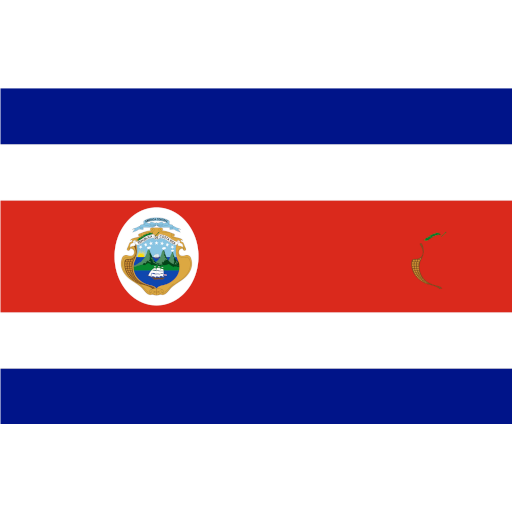February 7, 2025
1. Background
Initially, on February 1, 2025, U.S. President Donald J. Trump signed three executive orders imposing tariff increases on goods from Mexico (25%), Canada (25%—except for energy goods, which will face a 10% tariff), and China (10%), starting February 4, 2025. The U.S. government justified these measures by citing concerns over drug trafficking, illegal immigration, and unfair trade practices.
Following high-level negotiations, an agreement has been reached to pause these tariffs for 30 days while working groups negotiate long-term trade and security solutions.
The 25% tariff would apply across all sectors, industries, and products, in addition to existing tariffs. According to the executive order, these measures will remain in place “until the crisis is resolved,” referring to immigration and drug-related issues. Despite the one-month pause, the order's text remains unchanged, keeping the threat of implementation looming.
Nevertheless, as of February 4, 2025, the new tariffs on Chinese imports have officially come into effect. This includes a 10% tariff on all Chinese imports, which the U.S. government claims is necessary due to concerns over fentanyl controls and unfair trade practices. In addition to the aforementioned, the published orders propose eliminating duty-free treatment for minimis goods. This means that the current exemption for packages valued at $800 or less would no longer apply to shipments from China.
2. Key Agreements
Mexico’s Commitments
- Deployment of 10,000 National Guard troops to the U.S.-Mexico border to curb drug trafficking, especially fentanyl.
- According to the negotiation between the U.S. and Mexico Presidents, the U.S. commits to stop the flow of high-powered weapons into Mexico.
- Immediate cooperation between Mexico and U.S. teams on security and trade.
Canada’s Commitments
- $1.3 billion investment to reinforce the U.S.-Canada border.
- Creation of a "Fentanyl Czar" to combat drug trafficking.
- Designating drug cartels as terrorist organizations.
- Joint U.S.-Canada Task Force to fight organized crime and money laundering.
- 24/7 border surveillance.
- $200 million allocated to intelligence operations.
China’s Response
China has unveiled retaliatory tariffs in response to the U.S. measures, signaling a renewed trade conflict but also showing a willingness to negotiate.
Effective February 10, China will impose tariffs of 10-15% on select U.S. products, including:
- 15% tariffs on coal and natural gas imports from the U.S.
- 10% tariffs on petroleum, agricultural equipment, high-emission vehicles, and pickup trucks.
The Chinese Ministry of Finance criticized the U.S. tariffs, arguing they violate World Trade Organization (WTO) rules and undermine economic cooperation between the two countries. China has committed to filing a WTO complaint and urged Washington to handle trade issues with mutual respect and fairness.
Despite the $20 billion impact of Beijing’s tariffs on U.S. imports, China’s restrained approach suggests it is open to further negotiations rather than escalating the trade war.
3. Recommendations for Exporters
Given this situation, we recommend considering the following strategies:
- Review commercial contracts: Assess the financial impact of tariffs and renegotiate terms with U.S. buyers.
- Optimize costs: Identify possible cost-reduction areas in the supply chain to mitigate the impact of tariffs.
- Origin: Review the documents that prove to CBP the origin of your final products.
- Valuation: Review the documents that prove the customs valuation of your final products.
- Use of Foreign Trade Zone: Cash flow benefits can be offered by deferring duty payments and allowing the re-export of products without incurring additional tariffs.
- Seek alternative markets: Explore opportunities in Canada, the European Union, Asia, and Latin America to reduce dependency on the U.S. market.
- Increase business in Mexico: Implement mitigation measures for the most affected sectors and strengthen the national market through the IMMEX Program.
- Advisory: Evaluate potential compliance alternatives and mitigation strategies.
4. Conclusion
This 30-day suspension provides an opportunity for exporters to strategize and prepare for possible policy shifts.
J.A. DEL RÍO offers a wide array of specialized consulting services to assist you with these and other matters, in order to ensure that your project complies with the applicable characteristics contained in this agreement.
If you have any questions, J.A. DEL RÍO can provide you with our experts to advise in matters concerning compliance with your legal and tax obligations. Once again, please let us know if we may be of any further assistance to you at: contacto@jadelrio.com.























